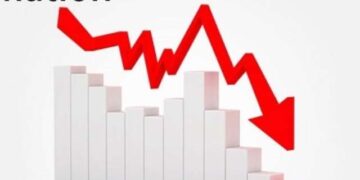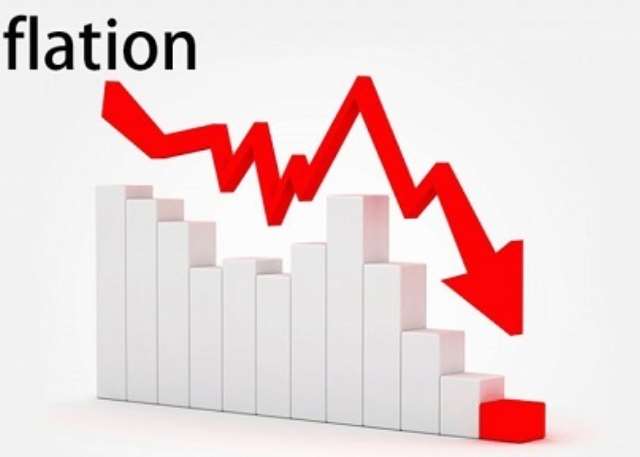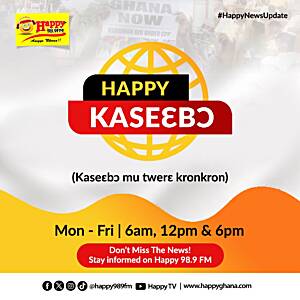Ghana’s inflation rate has continued its steady decline, reaching 13.7% in June 2025, according to new data from the Ghana Statistical Service (GSS).
This marks the sixth consecutive monthly drop and the lowest rate recorded since December 2021, offering a glimmer of optimism for households and businesses grappling with high costs.
Government Statistician Dr. Alhassan Iddrisu attributed the decline to easing inflationary pressures across multiple sectors. “For the first time in a while, we are recording a month-on-month deflation of 1.2%,” he noted emphasizing what could be a lasting shift in price trends.
– Food prices saw significant relief, with inflation falling from 22.8% in May to 16.3% in June.
– Non-food inflation also eased, dipping from 14.4% to 11.4%.
– The overall price slowdown reflects a broader softening in consumer demand and improved supply stability.
Despite the national progress, disparities remain:
– Upper West Region recorded the highest inflation at 32.3%, mainly due to elevated food and utility costs.
– Bono Region saw the lowest rate, standing at 8.4%.
Dr. Iddrisu emphasized the need for targeted, localized policy interventions to address these regional imbalances and ensure inclusive economic relief.
With inflation falling steadily and disinflation gaining momentum, the government is hopeful of hitting its target of single-digit inflation by early 2026.
For many Ghanaians, this could signal greater financial stability and improved quality of life in the coming months.



















